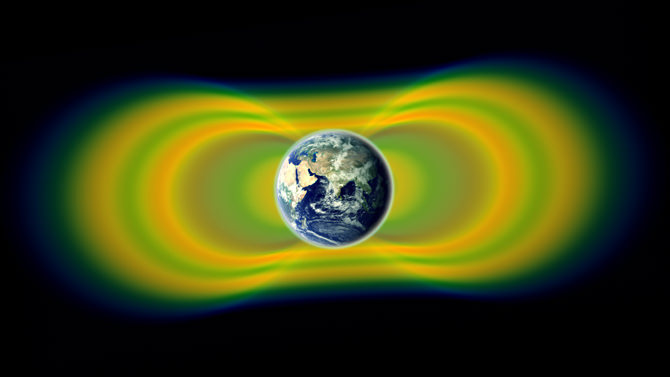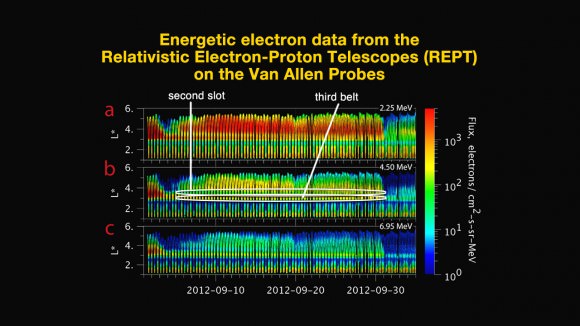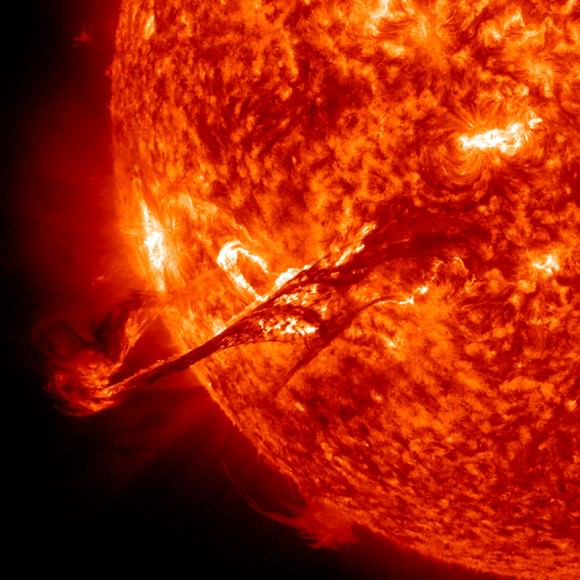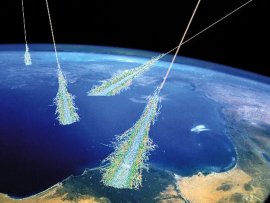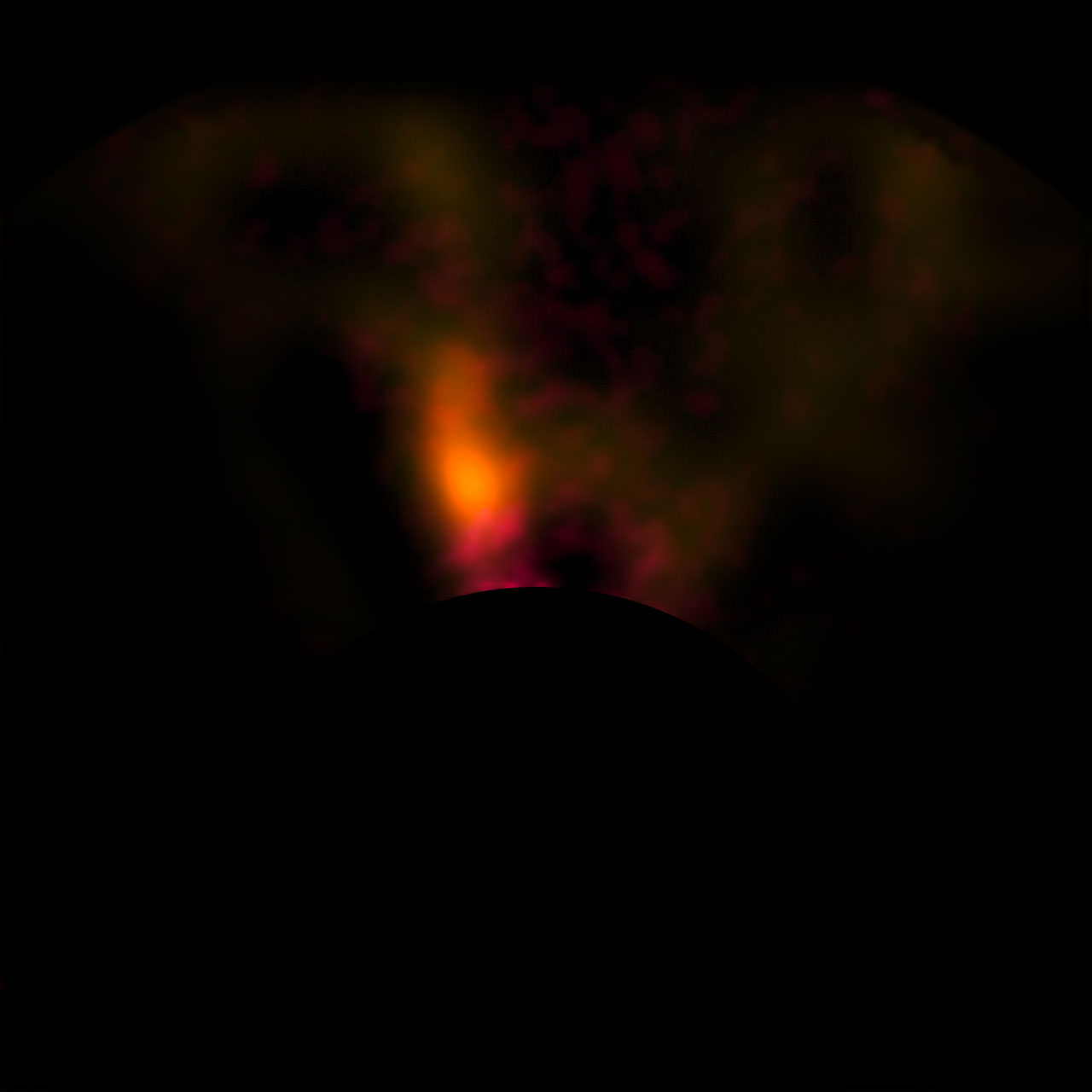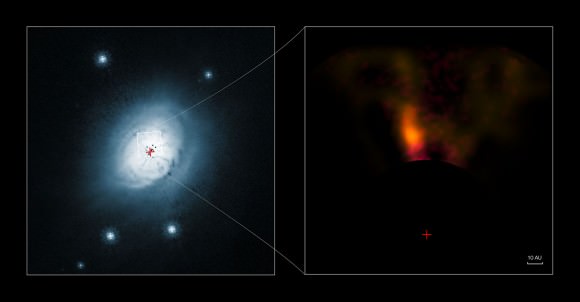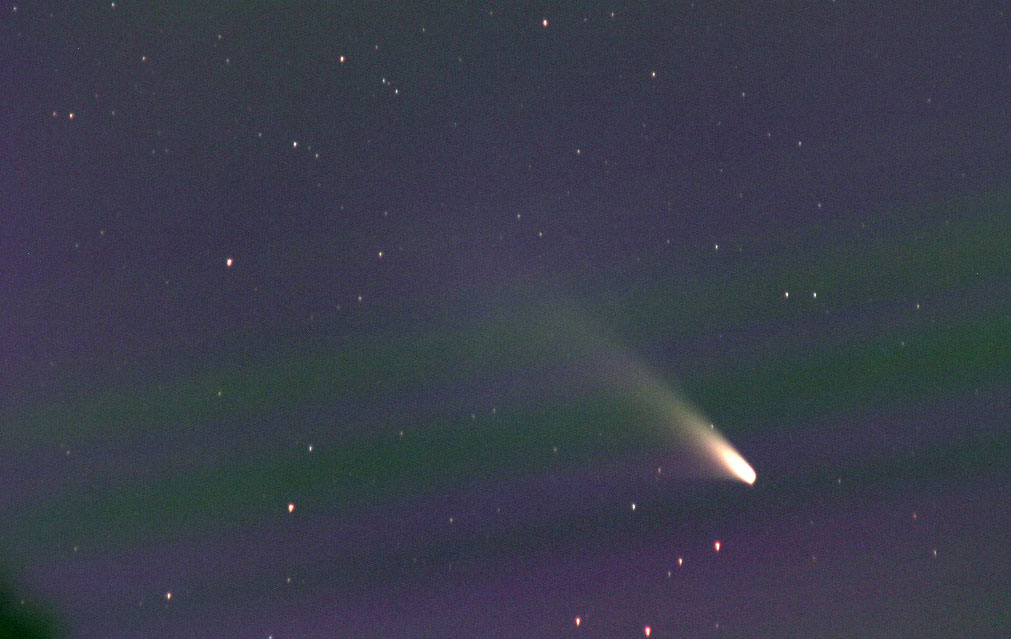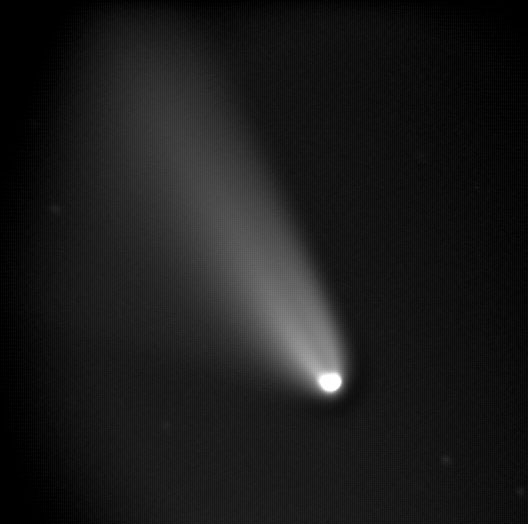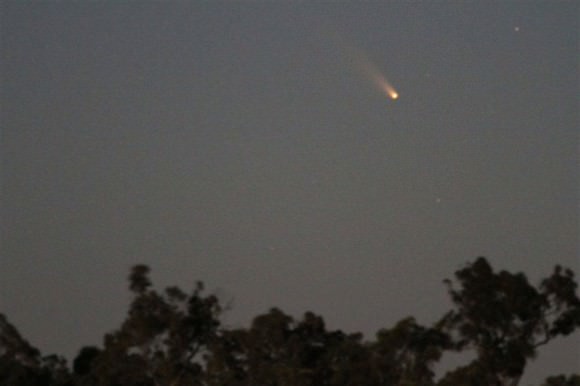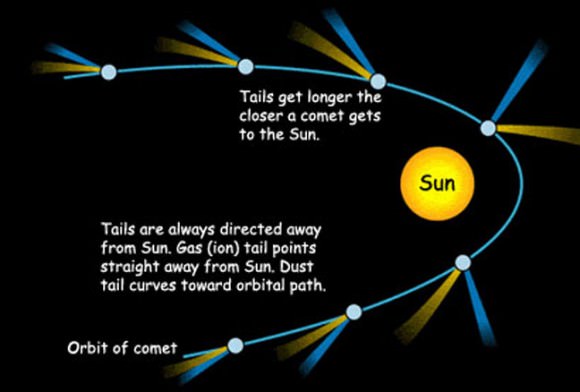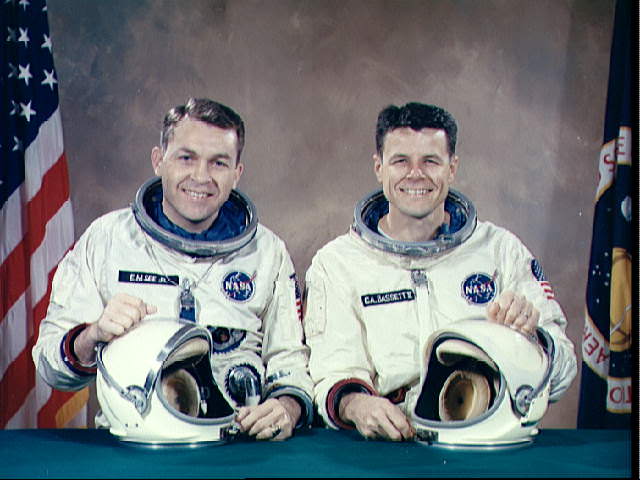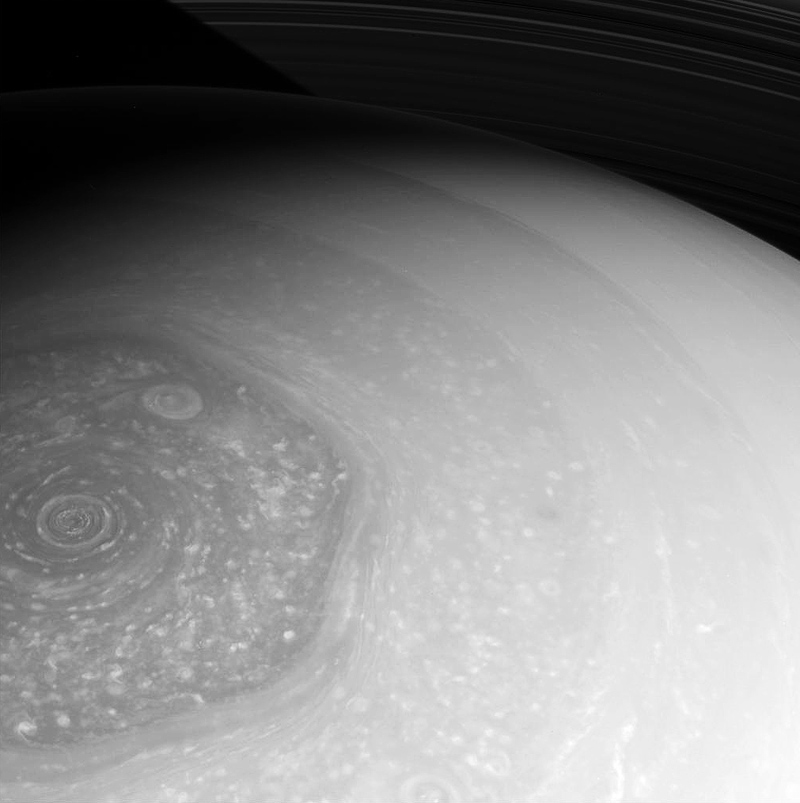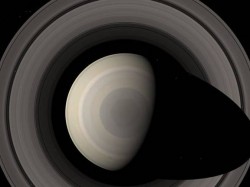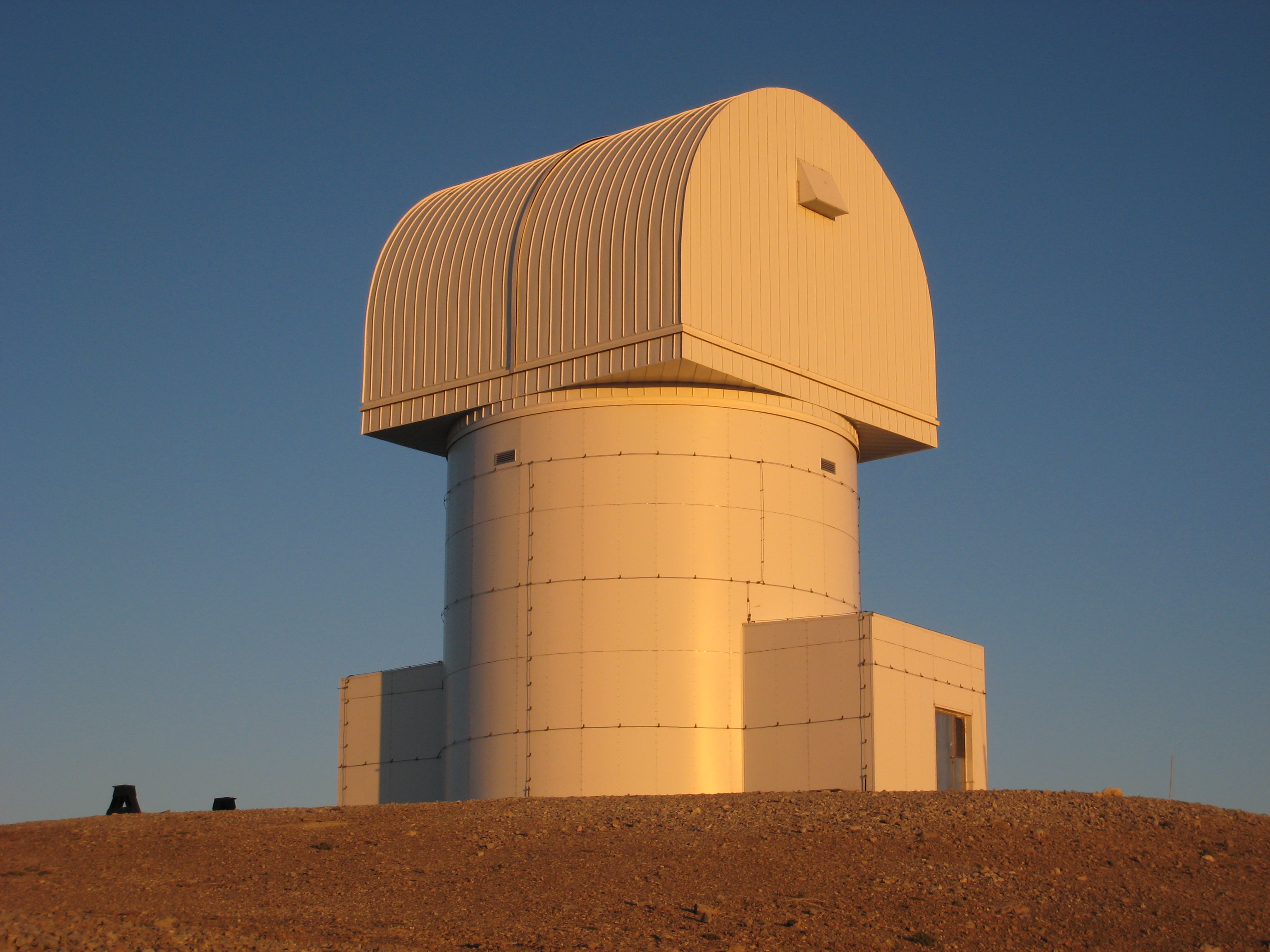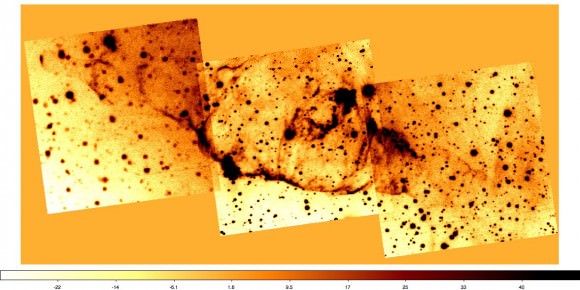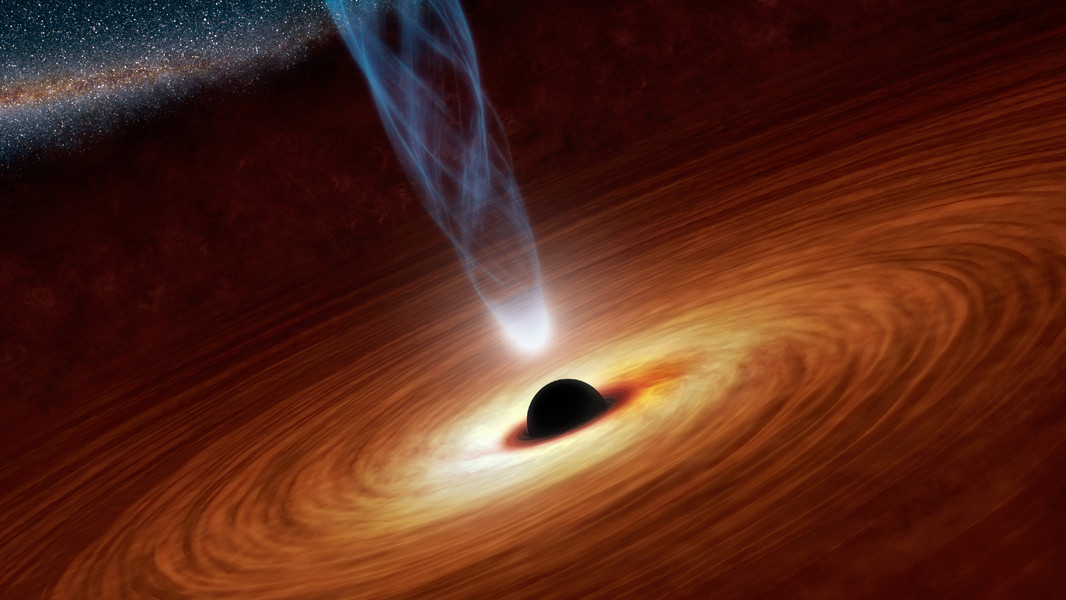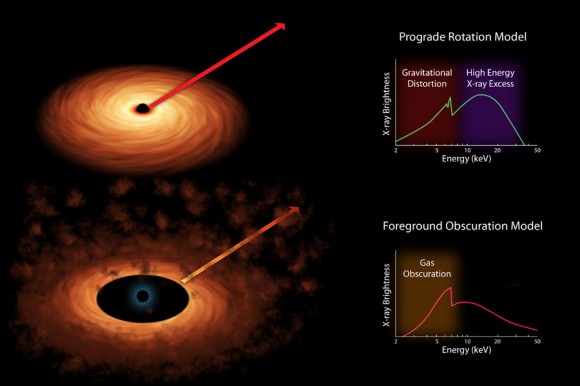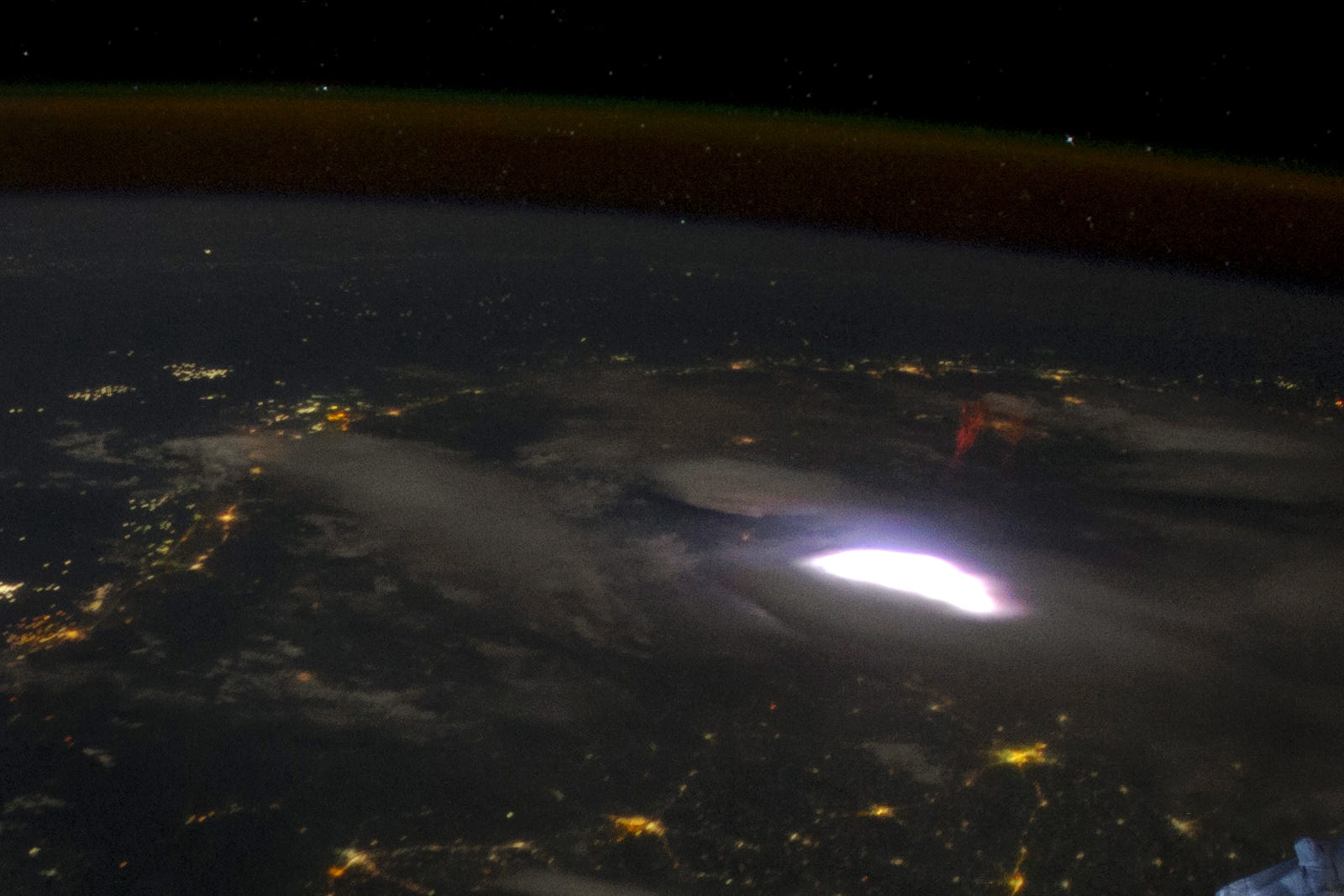The building blocks of life could have their beginnings in the tiny icy grains that make up the gas and dust found between the stars, and those icy grains could be the key to understanding how life can arise on planets. With help from students, researchers have discovered an important pair of prebiotic molecules in the icy particles in interstellar space. The chemicals, found in a giant cloud of gas about 25,000 light-years from Earth may be a precursor to a key component of DNA and another may have a role in the formation of an important amino acid.
“We found the ultimate prebiotic of prebiotic molecules,” said Anthony Remijan, of the National Radio Astronomy Observatory (NRAO).
Using the Green Bank Telescope (GBT) in West Virginia, researchers found a molecule called cyanomethanimine, which produces adenine, one of the four nucleobases that form the “rungs” in the ladder-like structure of DNA. The other molecule, called ethanamine, is thought to play a role in forming alanine, one of the twenty amino acids in the genetic code.
Previously, scientists thought such processes took place in the very tenuous gas between the stars. The new discoveries, however, suggest that the chemical formation sequences for these molecules occurred not in gas, but on the surfaces of ice grains in interstellar space.
“Finding these molecules in an interstellar gas cloud means that important building blocks for DNA and amino acids can ‘seed’ newly-formed planets with the chemical precursors for life,” said Remijan.
In each case, the newly-discovered interstellar molecules are intermediate stages in multi-step chemical processes leading to the final biological molecule. Details of the processes remain unclear, but the discoveries give new insight on where these processes occur.
“We need to do further experiments to better understand how these reactions work, but it could be that some of the first key steps toward biological chemicals occurred on tiny ice grains,” Remijan said.
The discoveries were made possible by new technology that speeds the process of identifying the “fingerprints” of cosmic chemicals. Each molecule has a specific set of rotational states that it can assume. When it changes from one state to another, a specific amount of energy is either emitted or absorbed, often as radio waves at specific frequencies that can be observed with the GBT.
New laboratory techniques have allowed astrochemists to measure the characteristic patterns of such radio frequencies for specific molecules. Armed with that information, they then can match that pattern with the data received by the telescope. Laboratories at the University of Virginia and the Harvard-Smithsonian Center for Astrophysics measured radio emission from cyanomethanimine and ethanamine, and the frequency patterns from those molecules then were matched to publicly-available data produced by a survey done with the GBT from 2008 to 2011.
A team of undergraduate students participating in a special summer research program for minority students at the University of Virginia (U.Va.) conducted some of the experiments leading to the discovery of cyanomethanimine.
“This is a pretty special discovery and proves that early-career students can do remarkable research,” said Books Pate, a U. Va professor who mentored the students.
Source: NRAO


